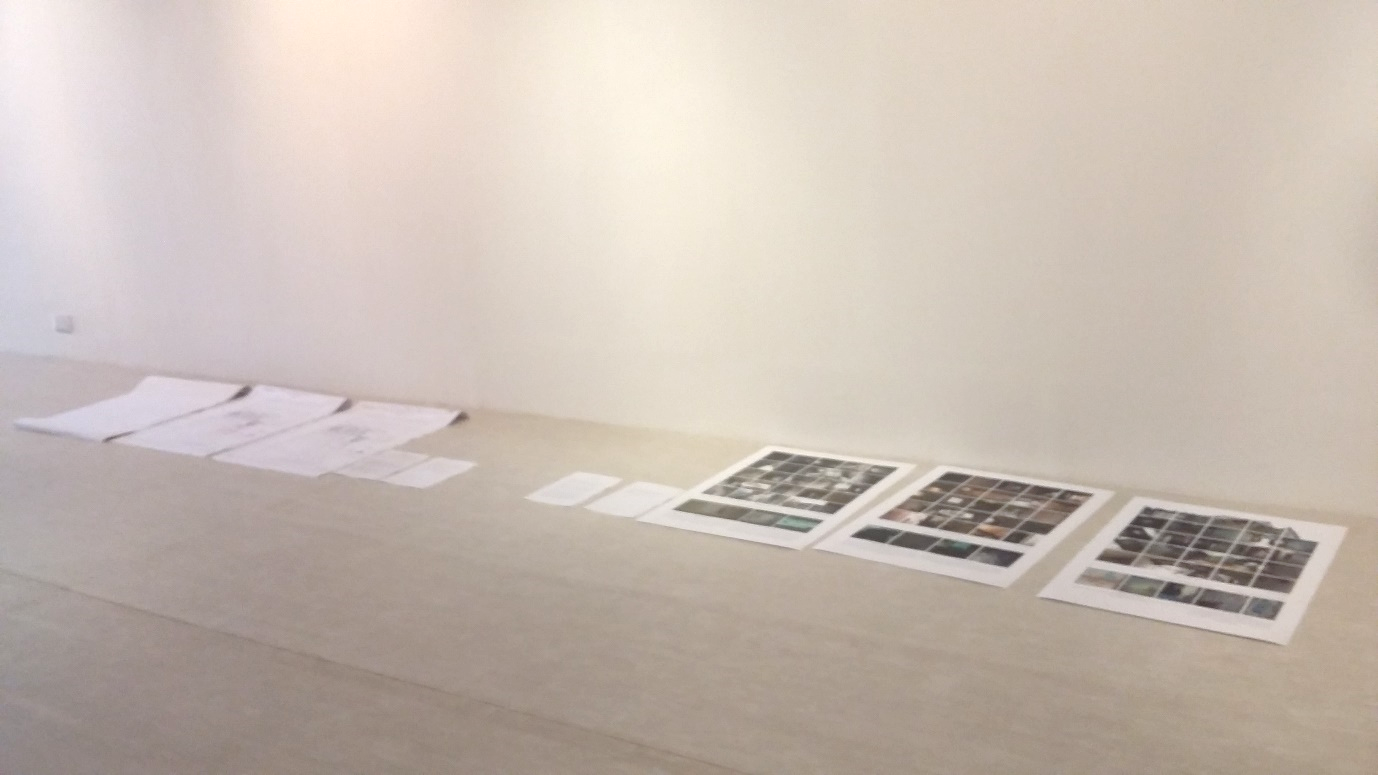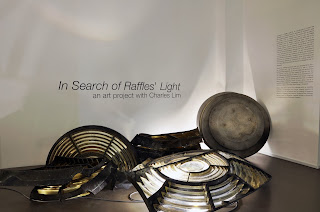Diary of an NUS Museum Intern | The Exacting Demands of Curation: An observation of setting up the Conservation Studies installation at the Baba House
-
Leong Yee Ting is an alumni of Raffles Junior College and will be entering Oxford University this Fall as a History student. She joined the NUS Museum in July 2015, assisting in NUS Museum and NUS Baba House Outreach events, including research for the Baba House Conservation Project. In this blog post, Yee Ting shares her experience when she participated in the installation of the exhibition Discover, Uncover, Recover at the NUS Baba House.
Every piece of curatorial work is a deliberate work of art, from the
most prominent to the most minutiae of details. I have had the privilege of
observing and participating in the Conservation Studies installation at the
Baba House. Underlying our discussions was a very conscious knowledge that all
curatorial decisions should be meaningfully made in the context of particular
installation objectives balanced against the constraints of the availability of
space, time and materials.
This particular installation was designed to be a three-year study
on the conservation of the Baba House and its surrounding area, through different
lenses such as land development, architectural paint and archaeology. Beyond
merely informing visitors about past and present conservation efforts within
and without the Baba House, it sought to inspire them to create their own
related research projects. To that end, curatorial decisions were geared
towards simulating a laboratory space, where what are conventionally regarded
as finished display items are portrayed to be in a constant state of flux. For
example, cork boards will be used for the main wall panels, suggesting that
these pieces of information could be taken down and altered at any point in
time, and replaced with something else. The resource materials, which shed more
light on each topic, are placed standing in a box rather than laid out flat on
the worktable, again suggesting that they are works in progress.
Like every other installation, the perspective of visitors is a
major consideration, right from the moment when they set their eyes on our
work: What would they first notice about our installation? Do we want them to
be faced with something spacey or cluttered? Do we want their attention to be
focused on one particular area? How would we want them to walk through the
installation? The lighting was an important means of controlling the ways
visitors approached our exhibition.
Even seemingly trivial matters like the colour of the displayed
papers have to be carefully pondered over. Do we want the content on certain
papers to stand out from the rest? Or do we want to use complementary colours
that enhance the aesthetic coherence of the whole installation? The costs of the
different coloured papers were also raised in this discussion, pointing to the
existence of pragmatic considerations as well.

We laid out the posters to figure out a suitable position
for them in relation to each other within this given space. Su Ling, the
curator, told us that the trick was to leave it for some time before returning
to it with fresh eyes, and if it still feels right, it is good to go.
Our artefacts may have been the remains of mundane, everyday objects
like glass bottles, terracotta pipes and plastic wrappings, but much thought
was put into their selection and display. In the choice of artefacts, we
considered the capacity of our display area, and the range of perspectives
contained within a range of artefacts. For example, some of the glass shards
had an iridescent surface, due to exposure to moisture in the soil and hence
deterioration over the years. Our curator, Su Ling, had considered cleaning up
the glass shards before displaying them, but we later decided to preserve their
current appearance, so as to educate visitors on the process of deterioration
of buried glass. Even her choice not to remove the detailed labels written in
archaeological speak from the artefacts on display was a deliberate one, to
give visitors an idea of the meticulous care archaeologists put into the
documentation of their work.

The glass shards came in labelled boxes like this. Regrettably,
the iridescent appearance could not be captured in photography.
Ultimately, this has taught me to appreciate an installation as a
multi-faceted experience abounding with infinite possibilities on many planes,
ranging from the physical content and structures to the more intangible
processes such as the organisation of space, lighting effects, and selection
and display of artefacts. This installation is thus a particular intersection
of these possibilities, engineered as such by the curator. There is no end to
these possibilities; each day, the maintenance of this ongoing study brings
questions such as the type of details to be added to the information box, and
the kind of tours docents will be trained to give to visitors here. I am
thankful for this experience, for it has sharpened my sensitivities to the exacting
demands of curation.
Discover, Uncover, Recover is available for public viewing during the free NUS Baba House Heritage Tours. Tours available four times a week and by reservation only. Please email babahouse@nus.edu.sg or call 6227 5731 for more enquiries and to book your spot!


Comments
Post a Comment